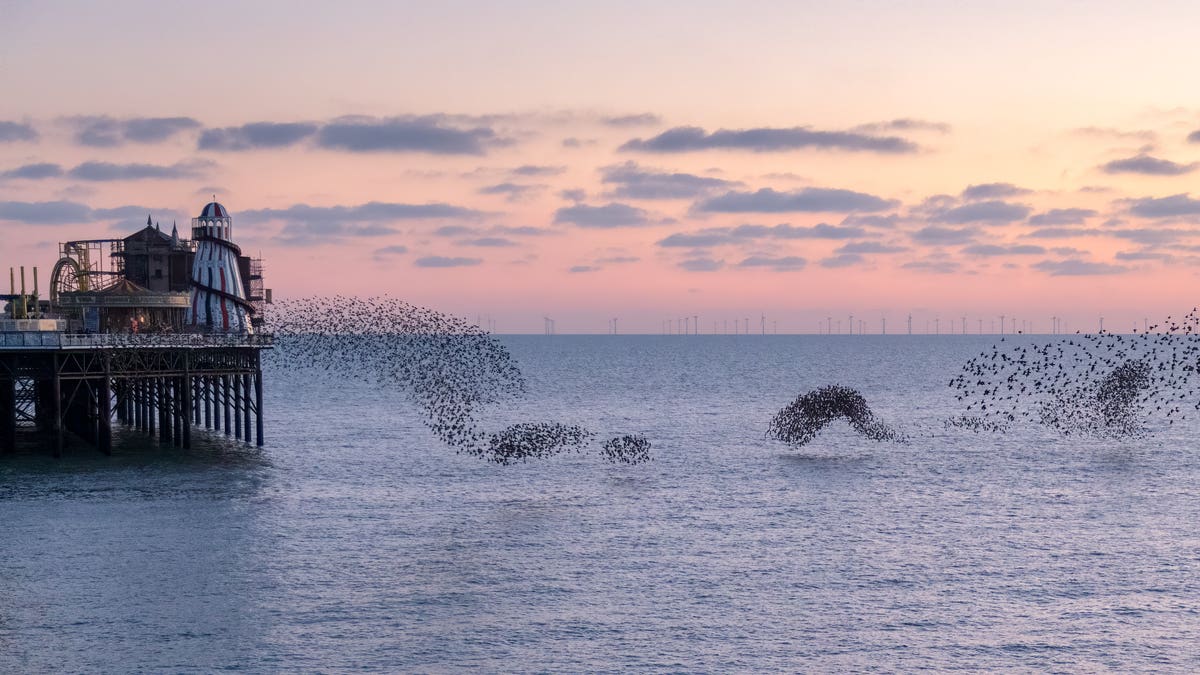Fox News Flash top headlines for Feb. 25
Fox News Flash top headlines are here. Check out what's clicking on Foxnews.com.
And who says the Loch Ness monster is just a legend?
A photographer in the British seaside city of Brighton has captured a remarkable image of a flock of common starlings that looks like the legendary creature, reports British news outlet South West News Service (SWNS).
Bill Brooks was visiting the city for a photographer course and stopped at Brighton Palace Pier to capture the sunset, but what happened next stunned the 65-year-old.

Thousands of starlings form the shape of the Loch Ness Monster in Brighton, East Sussex. See SWNS copy SWCAnessie: Thousands of starlings flocked together over the sea - and looked like the Loch Ness Monster. The stunning murmuration was captured by amateur photographer and bird watcher Bill Brooks in Brighton, East Sussex. Bill, 65, had been visiting the city to attend a photography course when he decided to make a detour to Brighton Palace Pier.
LOCH NESS MONSTER: A HISTORY OF THE LEGENDARY BEAST
"I knew I had about a ten or 15 minute slot before sunset when the starlings would come in to roost under the pier and could murmurate," Brooks said in an interview. "I wasn't expecting it to be so spectacular."
He continued: "They swooped in from all over the area and formed this incredible shape right in front of me. The murmuration looked like a monster coming out of the sea to attack the helter skelter at the end of the pier."
The birds, native to the British Isles, can flock in groups of upwards of 100,000, but it's unknown why they murmurate, also known as a flock of starlings.
"I got very lucky," the retired environmental consultant added. "The conditions have to be just right for them to flock like this. It has to be dusk, and with very light winds. The conditions were perfect."
LOCH NESS MONSTER COULD BE A GIANT EEL, RESEARCHER CLAIMS
One of Scotland's oldest myths, the story that a creature was living in Loch Ness, dates back to the 6th century. The 19th and 20th centuries, in particular, saw an increase in interest, especially after the infamous "surgeon's photograph" in 1934, later proven to be a hoax.
A study published in April 2019 suggested that the legend of the Loch Ness monster and other long-necked "sea monsters" may have been influenced by something very real and even more terrifying — dinosaurs.
In September 2019, New Zealand researcher Neil Gemmell gave his "plausible" explanation for what people may have seen in the past, noting it could be a giant eel, but is not a giant plesiosaur from a long-lost era.









































